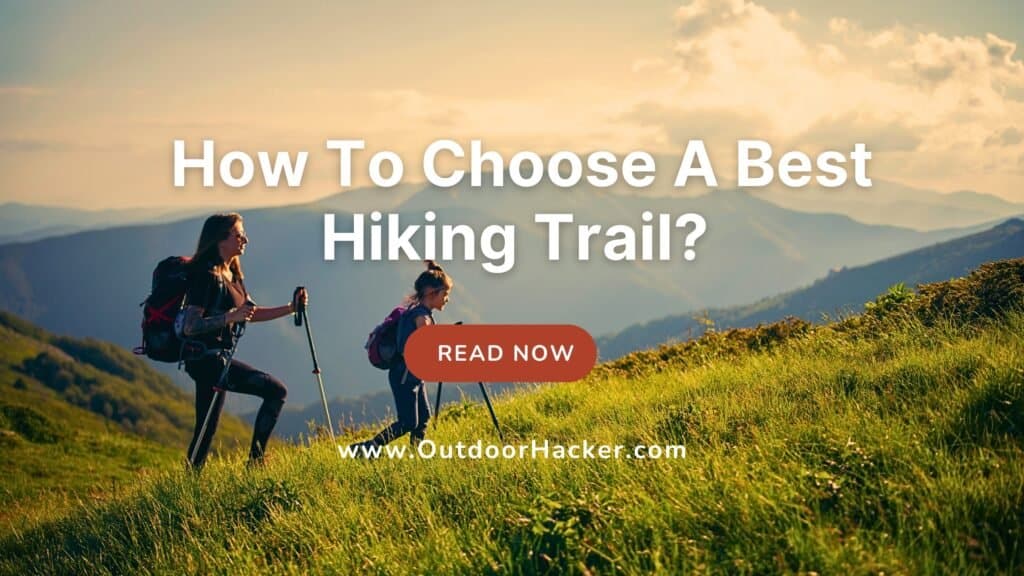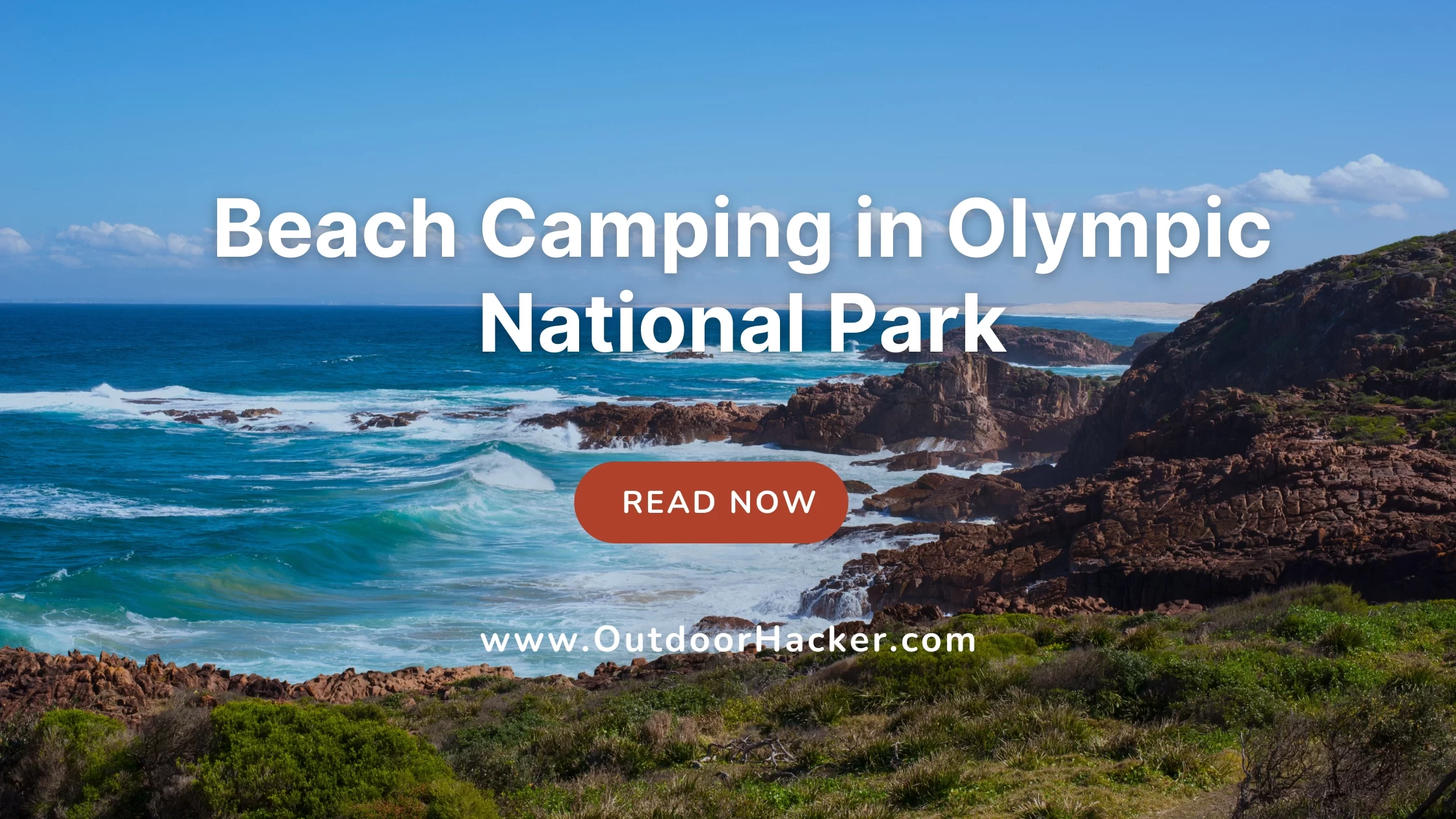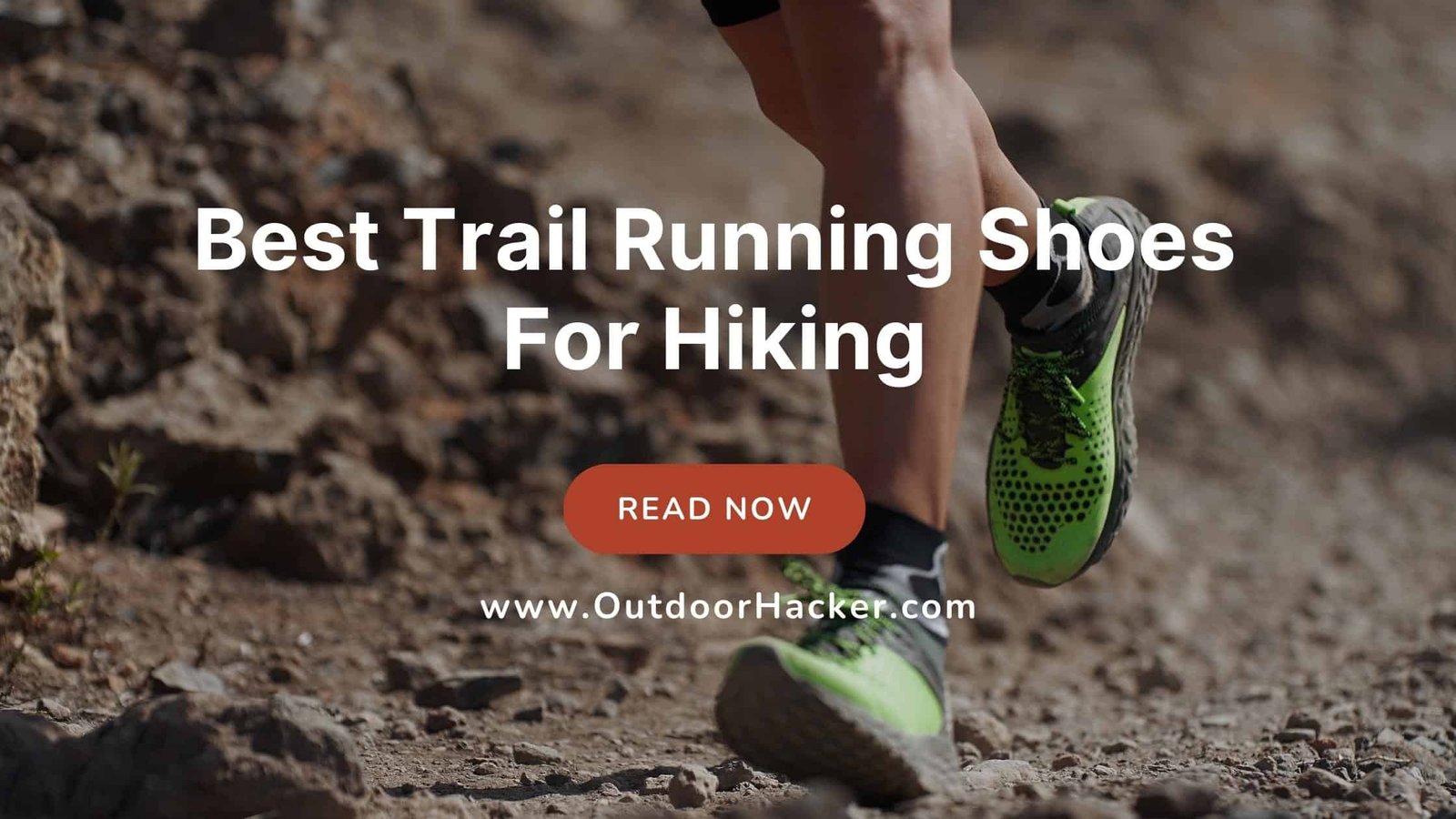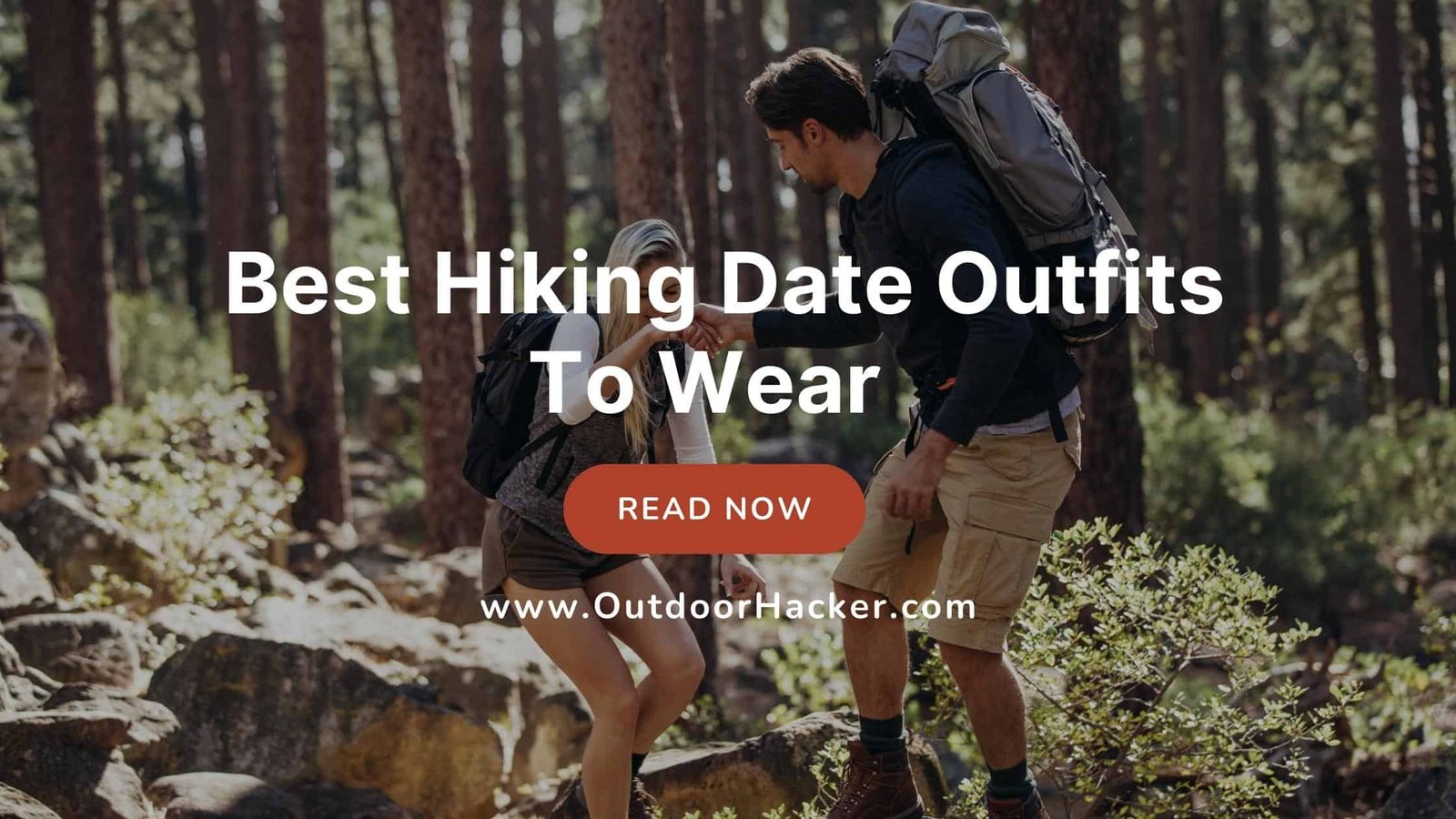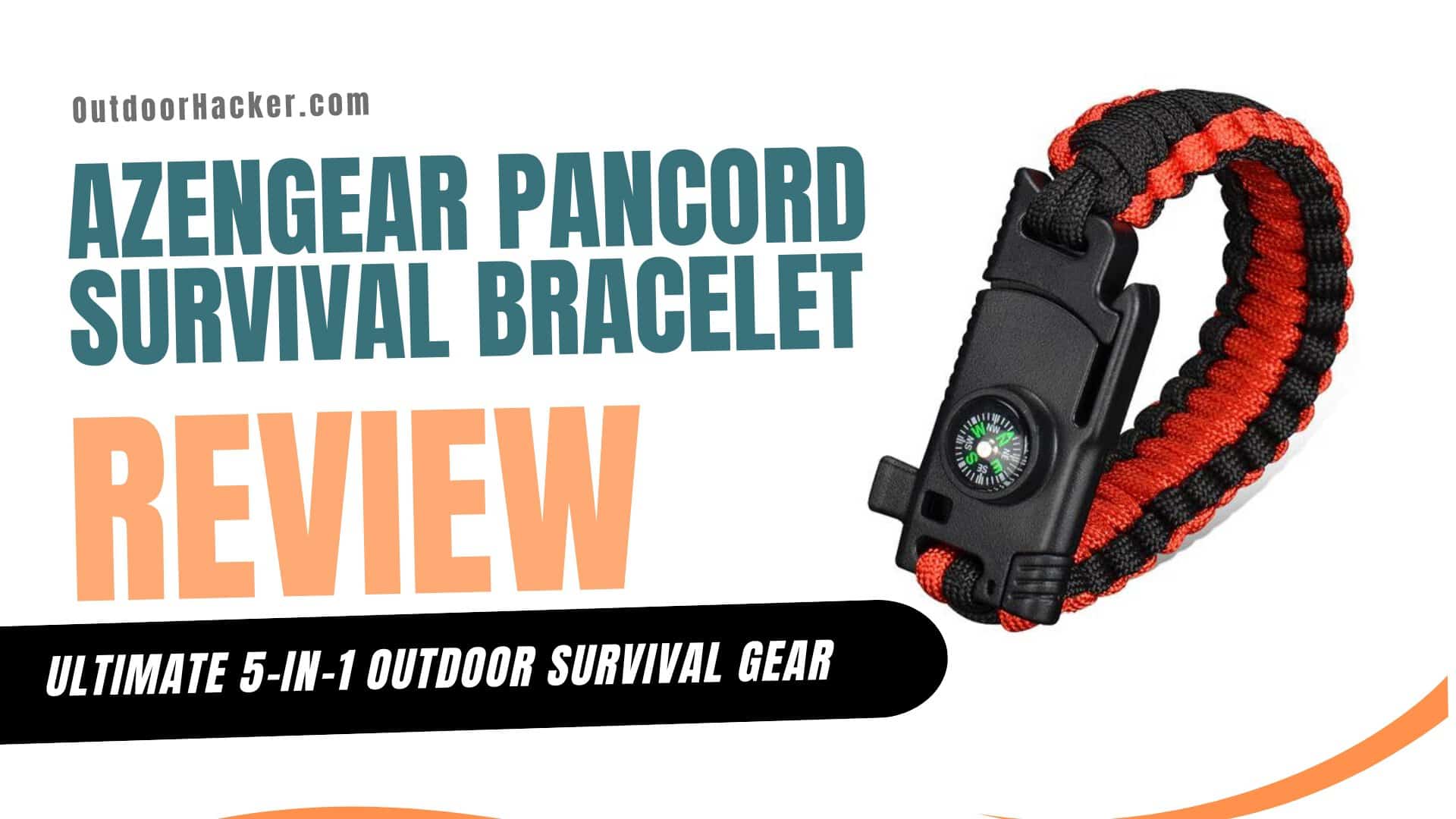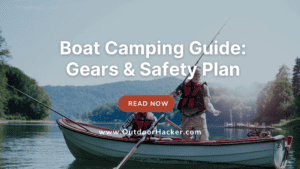Hiking is one of many people’s favorite activities. If it’s one of yours, you’ve probably debated between choosing a paved or unpaved trail. This subject is a critical factor for hikers. While it’s mostly a matter of personal preference for enthusiasts, it’s a safety issue for newbies. Delve into what you should know when choosing a best hiking trail, including the benefits and drawbacks of these two options.
Table Of Contents
Tips For Choosing a Best Hiking Trail:
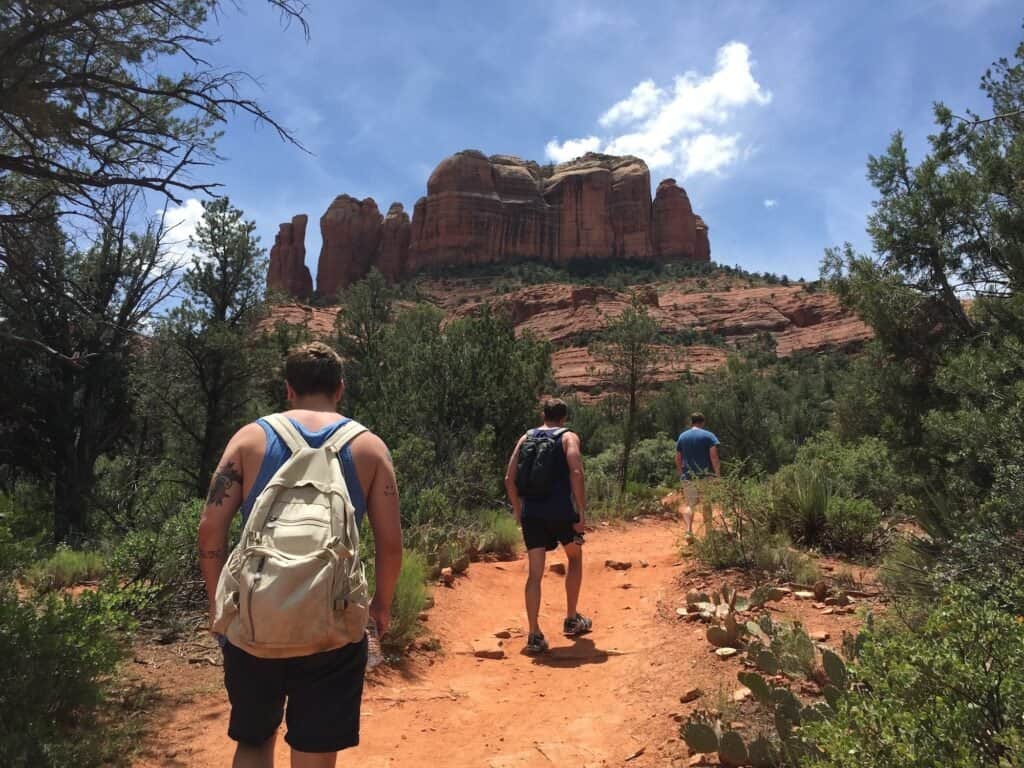
The short answer is that it depends. Here are some critical factors to consider when choosing a best hiking trail to ensure your safety.
1. Fitness Level and Hiking Experience
You need to be fit for hiking. Core strength is important since you’ll trek long distances and need power to support your lower body. You must also have good balance and stability to plant your feet on the ground.
Most hikers have an active lifestyle because the activity requires stamina, so they frequent the gym or exercise regularly. While physical skills are essential, they’re not absolute prerequisites. Anyone in good health can do all types of hiking adventure.
2. Time Constraints and Distance Preferences
Your trail option affects the length of time you’re on the road. Paved tracks are easier and faster to traverse than unpaved ones. Long-time hikers love the challenge and adventure of the long clearcuts, while beginners may enjoy shorter, paved routes.
3. Environmental Awareness and Conservation Values
Experienced hikers are eco-conscious because they’ve seen things in the forests. They protect nature, conserve habitats and maintain the landscape’s integrity by strictly following hiking etiquette. Beginners often lack this level of environmental awareness.
4. Equipment Requirements
Quality equipment boosts hiking safety. You’ll know a long-time hiker if they have everything from durable trekking poles to backpacks, tents, headlights and footwear. A good pair of shoes increases stability on uneven thoroughfares and protects the feet from rugged surfaces laden with sharp rocks, mud and other debris. The availability of these basics is a critical factor in picking a trail.
Benefits of Paved Trails
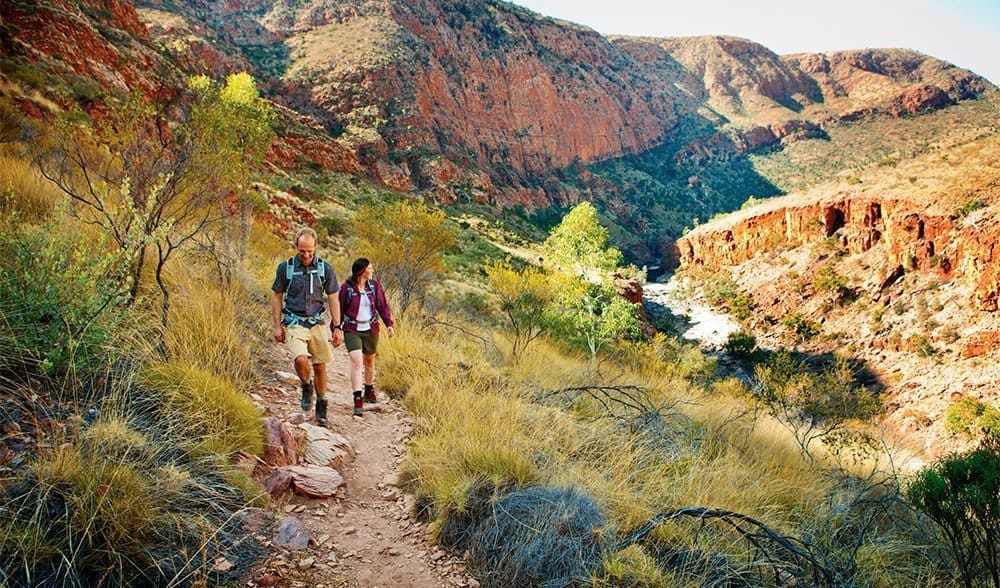
Beginners may default to paved courses because they’re easy and can be trekked in a day, although experienced hikers may also opt for them for personal reasons to ask question sometimes easy hiking trails near me and get confused. Here are their upsides.
1. Accessible and Easy to Navigate
Of the millions of miles of paved highways and roads, 94% are made of asphalt, making them more navigable and hiking accessible to a broader audience. Older people and those with limited physical mobility looking to add movement to their lives will be safer by hiking standard routes.
2. Safe and Include Amenities
Flat roads are safe for people of all ages. They’re your best bet if you’re trekking with kids. Another excellent feature is their amenities, which enhance the experience. The restrooms at designated trailheads, seating areas at specific points and informative signs help you stay on track.
3. Well-Maintained and Sustainable
Environmental stewards will appreciate the sustainable flair of paved roads. They’re trash-free and well-maintained. These trails help prevent soil erosion caused by overwhelming foot traffic, especially for spots frequented by tourists.
They provide a solid base to minimize the impact of erosion on waterways and vegetation. Moreover, they prevent sediment runoff into nearby lakes or rivers, maintaining local water quality.
4. Positive Impact on Local Flora and Fauna
Designated flat trails encourage irresponsible hikers to use them instead of the off-beaten paths, mitigating the effect of wildlife habitat loss.
The Drawbacks
In exchange for convenience, the downsides of paved roads include the following.
Lack of Natural Experience
When you choose this track, you won’t get as much view and feel of nature. You’ll walk on asphalted or cemented roads, and your feet won’t touch any soil.
Limited Challenge and Variety
While ideal for newbies, paved pathways lack the challenge and variety that moderate and extensive hikers crave as superior hiking trail.
Environmental Concerns
Some of these paths were part of wildlife habitat before they were flattened. Paving them might have harmed natural resources.
Advantages of Unpaved Tracks
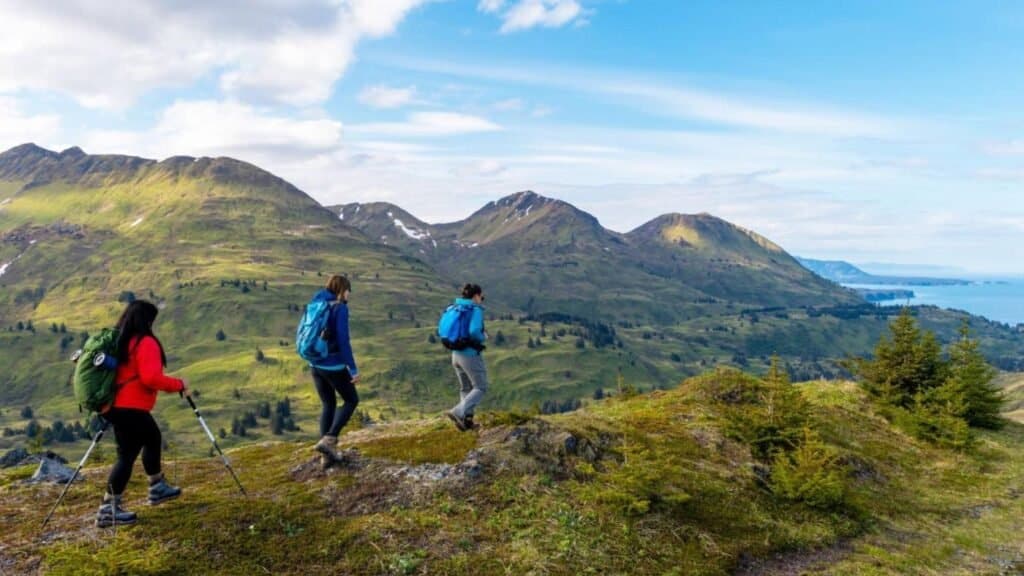
Unpaved hiking routes are popular among experienced hikers because of their various benefits. Because they are a best hiking trail in popular experience.
1. Immersive Nature Experience
Unpaved paths provide a closer and more authentic connection with nature, leading to a more intimate experience. Since there’s less foot traffic and disturbance to wildlife, you’ll hear the sounds of animals, see more plant and tree species, and feel more connected to the wilderness.
2. Varied Difficulty Levels
These trails satisfy hikers who seek adventures, especially ones that last for days. Matching the level of challenge with the right tools will help you survive the wilderness. For instance, bringing breathable athletic clothing and durable hiking boots will make navigating steep and bumpy routes easy. If you’re spending several nights out, pack extra clothes and rain gear in case of unexpected weather changes.
3. Preservation of Natural Landscapes
Long-time trekkers are aware of the environmental impact of their actions. They’ve seen enough to experience firsthand how climate change has degraded the planet, so preserving nature innately comes to many. They protect landscapes by leaving no trace, disposing of garbage properly and ensuring they camp in a designated campsite.
4. Opportunities for Wildlife Encounters
Outdoor enthusiasts choose rough roads for that slim opportunity of a close confrontation with wildlife. It may be good and bad news, as some animals — like snakes, bears and coyotes — can be dangerous. However, they know how to avoid them and protect themselves if they ever have an encounter.
The Downsides
Here are some reasons other hikers will give unpaved trails a pass.
Hard to Navigate
While GPS devices, online maps, phone satellites, drones and other innovations have made getting around remote areas manageable, these conveniences often apply only to paved trails.
Some unpaved paths may not be visible on your phone’s navigation app because they’re no longer maintained or may have been officially decommissioned. Sometimes, your only option is to trust your instincts and experiences to find your way.
Increased Erosion
Unpaved roads are prone to soil erosion because there is no solid surface to absorb the impact of walking. What’s worse, increased foot traffic compacts the soil, removing the air pockets that water would normally seep into. Rainwater can’t penetrate the ground without these features, leading to runoff picking up and carrying sediment as it goes. In addition, hiking around tree roots and mud puddles can lead to vegetation loss.
Less Accessible for Certain Individuals
Rough trails aren’t for beginners, kids, older people and those with physical limitations. They’re almost exclusive to experienced hikers.
Adverse Impact on Local Ecosystems
A single trip for one person has a minimal effect on the environment. However, the cumulative impacts from thousands of hikers over time can leave a significant environmental dent, degrading local ecosystems.
Paved or Unpaved?
The decision to hike through smooth thoroughfares or long, skinny clearcuts comes down to personal preferences. Both have environmental upsides and downsides, so one isn’t better than the other. What’s more important is to be a responsible trekker. Follow trail etiquette and minimize nature disturbances to preserve their beauty for the next generation of hikers.
Hike Responsibly:
The right trail comes down to personal preference. Two things are more important — your safety and environmental impact. It doesn’t make sense to hike through rough paths if you’re a beginner. Match your skills with the trail to stay safe. Also, leave no trace. Preserve nature and wildlife habitats by staying on the trail. Avoid taking “souvenirs” like unique leaves, wildflowers or rocks, as doing so may endanger the entire ecosystem. That way, you’ll ensure your hike benefits you and the environment.
Reference: Find Hiking and Park Trails from U.S National Park Service

